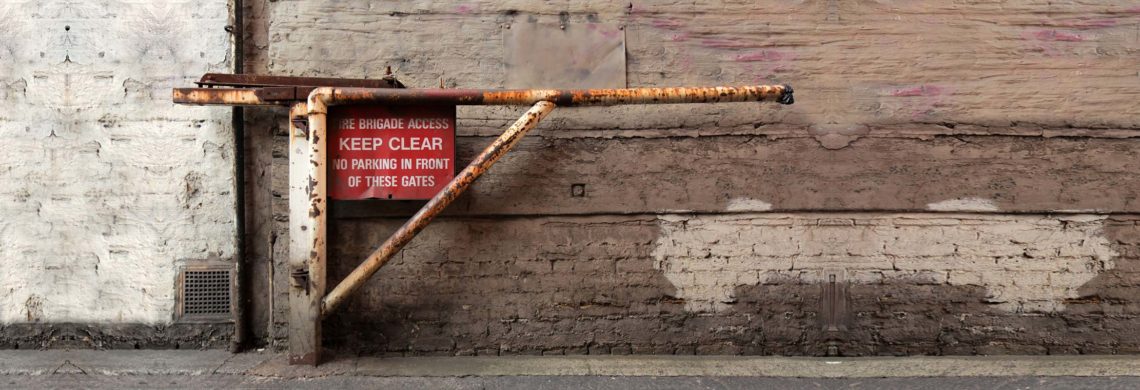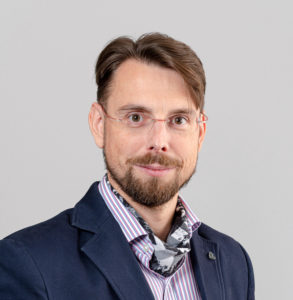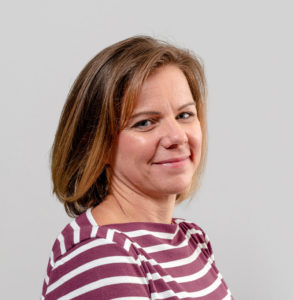“Culture eats risk management for breakfast”
26 november 2017

Tom de Nooij on safe thinking and working: organisations that invest time and money into risk management might as well save themselves the effort if they do not bring their employees along with them on their quest. “culture eats risk management for breakfast”, says Tom de Nooij, managing partner at Riskonet. “good intentions to work safely and avoid fires and other calamities are useless if there is an unsafe culture.”
These are small things which let an experienced risk management expert see that something is going on. “I was recently at a company where the fire alert panel was hidden from view by a large advertising display. According to the staff, the display had been in that spot for a long time. Was it unsafe? Not in itself, but in my view you need to have a rapid overview if there’s a fire so that you can take measures.” It may be a sign of one of those situations. “That’s because if I later come across minor carelessness in the same company, for example hoses that are lying around or escape routes that are not completely clear, then it really gives me the picture of an organisation in which the employees are not completely on their toes. If I then walk into the sprinkler pump room and I have to fight my way through cobwebs, then I know that we have to give the employees here a wake-up call.”
Way of thinking and working
The point is, rules and regulations are useless if there is not a good company culture. “Safety should not just be a regulation, but a way of thinking and working. Not only for individual employees, but also for the group. That’s because an important sign of a good safety culture is the willingness to actively point out unsafe behaviour to others in the organisation.”
A good example, that immediately makes it clear to managers and course participants from clients what Tom means is the story about the ‘cigar walk’. ‘I decided with a manager from the company that had brought us in to take a walk around a smoke-free factory with a cigar. We were curious about how many employees would have the courage to point out the rules to us. Unfortunately, none of them did.”
It is not that employees would not like to work safely. “Everyone understands the rationale. At times, there are interests that push aside safe working procedures ‘for a moment’, such as urgency. When something needs to be repaired or welded at height in a production area, the rules stipulate that scaffolding should be used. But we want to carry on, so we just use a forklift and do it quickly, so that production can continue. This is all too familiar.”
Just do something quickly
’Just do something quickly’, is a very familiar prelude to unsafe behaviour. De Nooij: “When it comes to culture, I like to remind employees about the accident at Chemiepack in Moerdijk. Here someone wanted to ‘just do something quickly’ to defrost a pump with a blowtorch, in an environment that was full of flammable and hazardous substances. This person really did not give it a second thought. Perhaps he had been doing this for years, despite the regulations.”
How do you keep your staff on their toes when they’ve been hearing the same old story about safe working from their safety manager for the last ten years?” “It generally makes sense to talk to them all together about it. A workshop for discussing risks and the need for rules is always good”, said Tom. There are plenty of good alternatives. Some companies hold regular ‘safety walks’. This is when employees from different departments look at safety and simple but poignant questions are asked about safe and unsafe working. “Other people see things that you may not have noticed. When you have done things in a particular way for years, you no longer consider them a high-risk. After all, everything has been fine for years. However you deal with it, make sure that you bring the subject matter to life. Step out of the world of rules and make sure that employees understand what is safe and what is not. You should also make sure that they understand the potential consequences of their actions.”
Creating a link with practice
Managers in some companies do not establish a sufficient connection between rules, tools and practice. De Nooij gives an example: “New safety glasses are introduced for certain departments without making the specific reason for this perfectly clear. What are the risks and what is the potential damage if you do not wear the glasses? My advice is to show them in an insistent way, so you get through to every employee.”
“Some companies hold regular ‘safety walks’ where employees from different departments look at safety.”
In some companies, Tom de Nooij notices that people are mainly fearful of the consequences for their job if they do not meet the fire safety requirements. “In these companies, the safety culture is rather a culture of fear. This should never happen, as safety awareness ends up languishing in the background. Managers and the company directors should give a clear statement about where priorities lie. Continuity is important in production, but safe working comes first. Also, we do not work safely just because your boss says so and otherwise you may lose your job. We do that because we do not want people or the entire company to run the risk of damage or calamities.”
Tom cites what he says to employees at clients during fire safety training sessions. “When we go on holiday, we carefully check that the TV is switched off and not on stand-by. And if we suspect that something might be on the cooker, we drive back, just to be on the safe side. The very same logic, common sense, should also prevail on the work floor. Safety should not be a system – it should be in people’s heads.”





